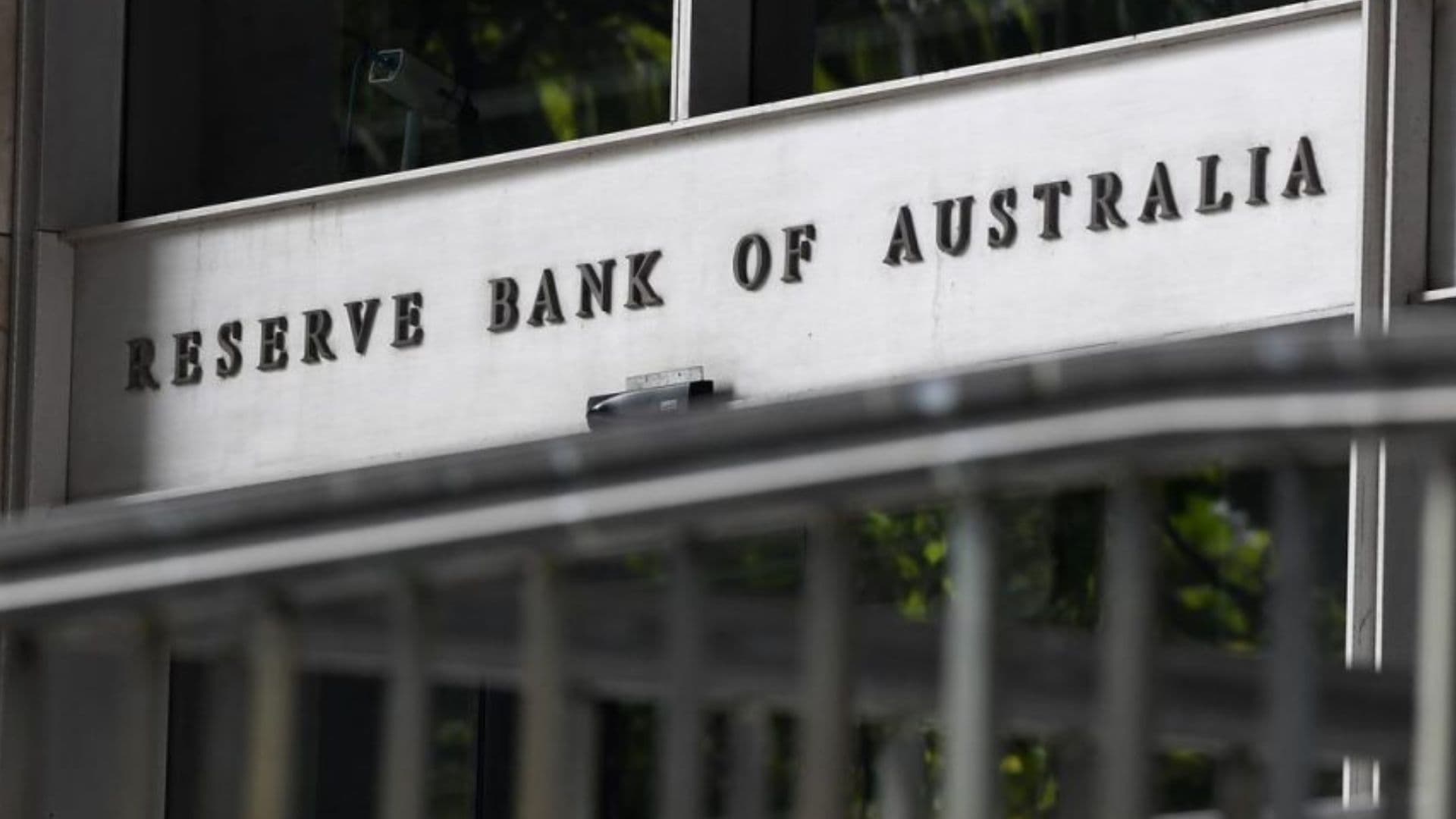Home Of Fair Facts & Tips
Cash Rate Held Amidst Persistent Inflation and Uncertainty
The RBA leaves the cash rate unchanged at 4.35%, highlighting persistent inflation and economic uncertainty. Top economists predict potential rate cuts in 2025.

The Reserve Bank of Australia (RBA) announced today that it will leave the cash rate target unchanged at 4.35 per cent and the interest rate on Exchange Settlement balances at 4.25 per cent. This decision reflects ongoing concerns about inflation and economic uncertainty.
Persistent Inflation Challenges
Inflation in Australia remains stubbornly above target despite significant reductions since its peak in 2022. The current trimmed mean Consumer Price Index (CPI) shows a 3.9 per cent increase over the year to June 2024, consistent with the RBA's May forecasts. However, inflation has stayed above the midpoint of the 2–3 per cent target range for 11 consecutive quarters. The RBA acknowledges that the reduction in quarterly underlying CPI inflation has been minimal over the past year, indicating persistent inflationary pressures.
Economic Outlook: A Mixed Bag
The RBA highlights a highly uncertain economic outlook. Recent data reveals that returning inflation to target has been slow and uneven. The central forecast predicts that inflation will return to the target range of 2–3 per cent by late 2025, reaching the midpoint in 2026. This timeline represents a slight delay compared to earlier forecasts, reflecting a larger than anticipated gap between aggregate demand and supply in the economy.
Domestic demand is forecasted to increase, but the economy’s capacity to meet this demand appears weaker, with persistent inflation and a strong labour market. Uncertainties remain high due to revisions in consumption and saving rates, high unit labour costs, and persistent inflation, especially in the services sector. Although wages growth has peaked, it remains above sustainable levels given current productivity trends.
Conversely, economic momentum has been weak, with slow GDP growth, rising unemployment, and pressures on businesses. There is also a risk that household consumption may recover more slowly than expected, leading to subdued output growth and a weaker labour market.
Global Uncertainties and Domestic Priorities
Globally, the outlook remains uncertain, with a softened Chinese economy, volatile financial markets, and a depreciating Australian dollar. Geopolitical uncertainties also contribute to supply chain disruptions. Despite some central banks easing policies, they remain vigilant about persistent inflation risks.
The RBA emphasises that returning inflation to the target range remains its highest priority. The Board will maintain a restrictive policy stance until there is confidence that inflation is sustainably moving towards the target. Decisions will be guided by data and risk assessments, paying close attention to global economic developments, domestic demand trends, and labour market outlooks.
Australia's Top Economists Weigh In
Australia's leading economists have offered insights into the inflation situation and potential future rate cuts.
The economic outlook for Australia indicates a mixed picture with inflation remaining a central concern for policymakers. Here are the latest insights from top economists and the Reserve Bank of Australia (RBA):
- Inflation and Rate Cuts: The RBA's August 2024 statement emphasized that underlying inflation remains high, and it will take some time before it falls sustainably within the target range of 2-3%. As such, the RBA has ruled out near-term rate cuts and remains vigilant to upside risks to inflation. The central bank plans to keep the monetary policy sufficiently restrictive until there is clear evidence of inflation moving towards the target range sustainably (Reserve Bank of Australia) (Reserve Bank of Australia).
- Economists' Views: Economists from various institutions have differing views on the timing of rate cuts. A Reuters poll found that most economists do not expect any rate cuts before early 2025, with the majority anticipating the RBA to maintain its current rates through the end of 2024. Some major banks like ANZ and NAB also align with this view, while others like CBA and Westpac foresee at least one cut before the end of this year (Reuters).
- Divergent Opinions: There is a noticeable divergence in opinions between the RBA and other economic forecasters. For instance, Westpac’s chief economist, Luci Ellis, suggests that rate cuts could occur later this year if inflation continues to decline as expected. In contrast, the RBA Governor Michele Bullock has conveyed a more hawkish stance, indicating that rate cuts are not imminent due to persistent inflation pressures (Switzer Daily) (CommBank).
- Economic Conditions: The broader economic conditions show that Australia’s GDP growth was resilient in early 2024, driven by stronger-than-expected household and public consumption. However, the housing market remains tight with rising prices and rents, and the economy faces challenges like high construction costs and labour shortages (Reserve Bank of Australia).
Overall, while there is some expectation of rate cuts in 2024, the timing remains uncertain and highly dependent on future inflation data and economic conditions. The RBA’s cautious approach suggests that any easing in monetary policy will be gradual and closely monitored.
Conclusion
The RBA remains committed to its mandate of price stability and full employment, maintaining vigilance against upside inflation risks. The Board will continue to assess economic data and global trends to guide its monetary policy decisions, ensuring a sustainable return to the inflation target range.
Disclaimer: The opinions expressed in this article are strictly for general informational purposes only and should not be taken as financial advice or recommendations.
Written By

The Craggle Team
